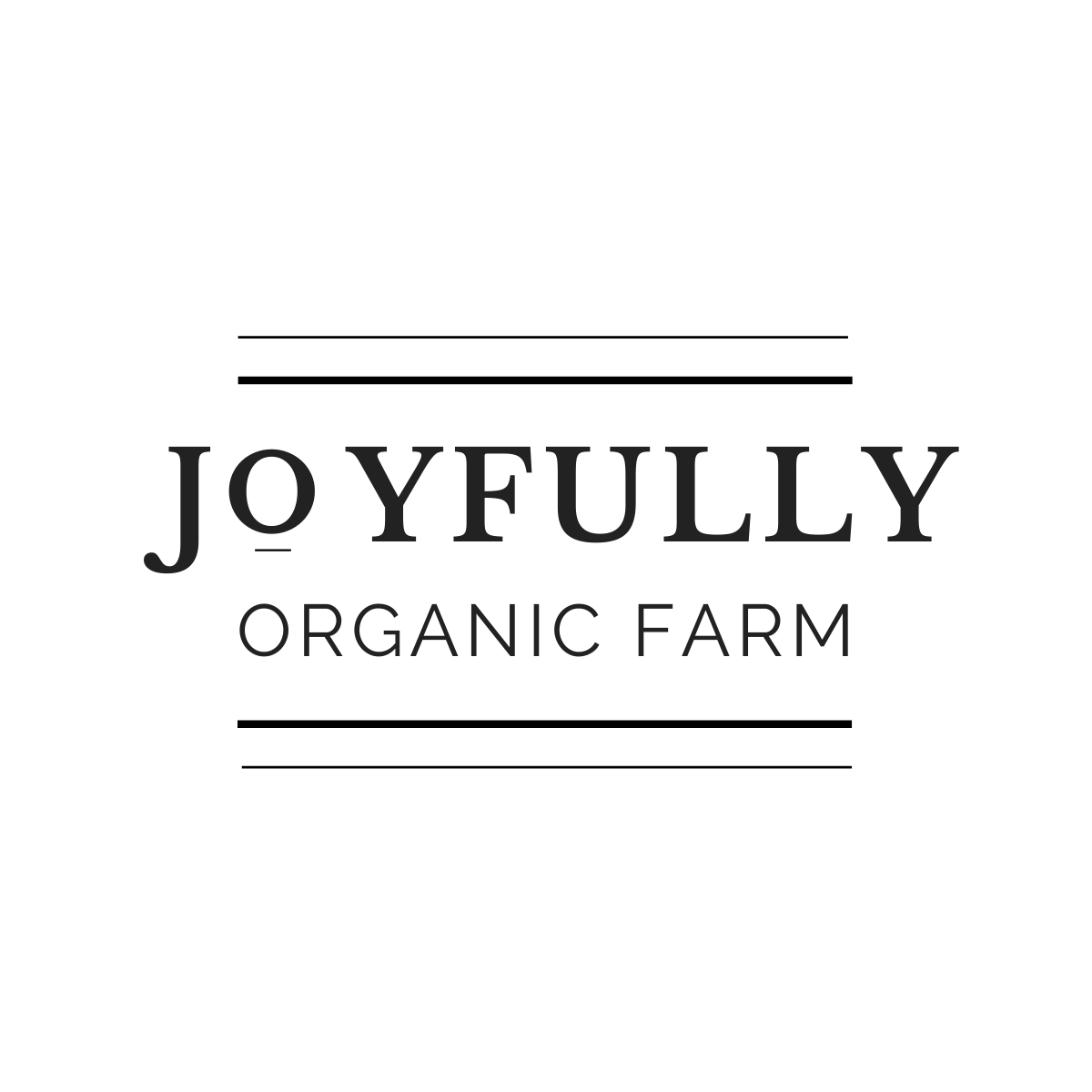When most people picture our farm, they imagine rows of vegetables stretching across the fields — tomatoes blushing red in the sun, crisp lettuces tucked neatly into their beds, carrots and beets hidden underground. But not every plant we grow is destined for your dinner plate. Some of the most important crops on our farm are the ones that will never end up in a Farm Share box at all.
These are our cover crops.
What are cover crops?
Cover crops are plants we sow not for harvest, but for the health of the soil itself. Think of them as “green blankets” for the fields. Instead of leaving the soil bare after a crop of carrots or cabbage comes out, we quickly plant something new — rye, oats, buckwheat, peas, clover. These plants hold the soil in place, protect it from erosion, feed the soil microbes, and even help capture carbon from the atmosphere.
Why they matter to us
As a certified organic, soil-first farm, we believe soil is our greatest investment. Cover crops are a way of giving back to the land that sustains us. Their roots open up pathways in the soil, creating space for water and air. Their foliage shades out weeds before they even sprout. When we eventually mow them down and turn them into the soil, they become a green manure — adding fertility that nourishes the vegetables that follow.
Some cover crops are chosen for specific purposes. Clover, for example, “fixes” nitrogen from the air and adds it directly into the soil, which means next year’s kale or cabbage has natural fertility waiting for it. Rye grows thick and tall, creating a dense mat that suppresses weeds and adds organic matter. Buckwheat grows quickly, offering nectar for pollinators and covering ground in just a few weeks. Together, they’re part of a carefully designed system that keeps our fields thriving year after year.
The bigger picture
To us, cover crops are a reminder that farming isn’t just about this season’s harvest. It’s about building resilience — in the soil, in the farm ecosystem, and in our community of eaters. By planting cover crops, we’re investing in healthier vegetables today and in healthier fields for the years to come.
So the next time you bite into one of our carrots or tomatoes, know that a quiet partner helped bring them to life: a humble cover crop, working behind the scenes to make our soil richer, our farm more sustainable, and our vegetables more nourishing.


